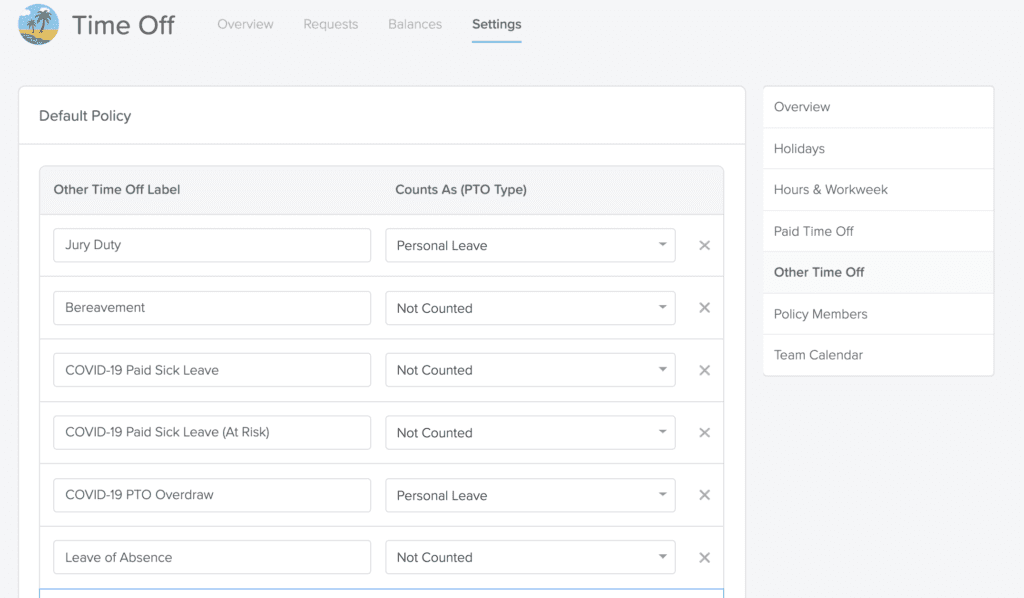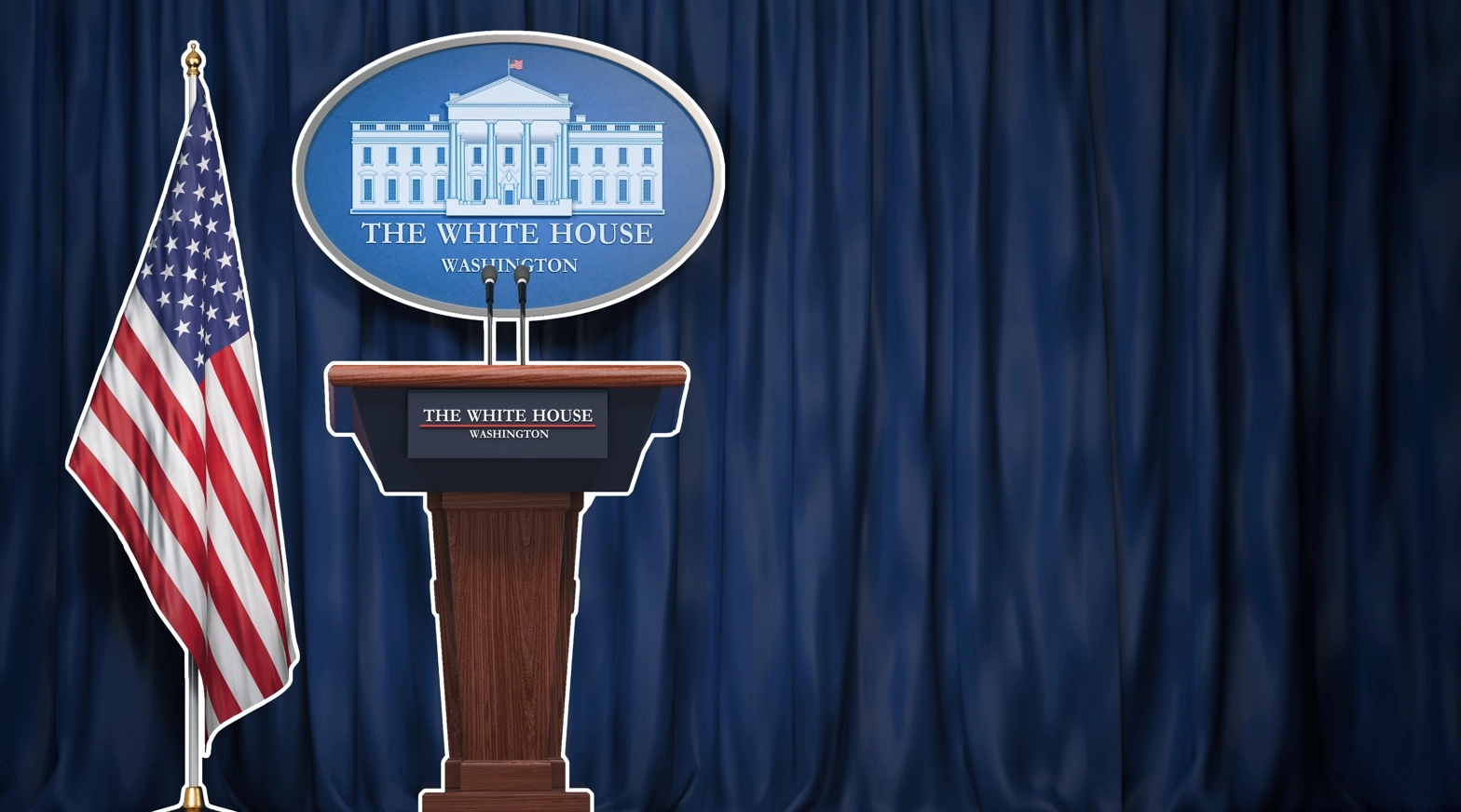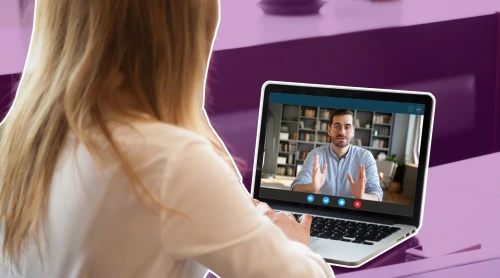UPDATED: Families First Coronavirus Response Act (FFCRA) - What You Need to Know
Everything HR teams need to know about the Families First Coronavirus Response Act (FFCRA) law, and what it entails for both employers and employees.
October 27th, 2020
Here's what we know about the Families First Coronavirus Response Act (FFCRA)
Updated: October 27th, 2020
Please refer to ruling updates in the table of contents: "What updates have been made since the initial ruling?"
As the COVID-19 situation evolves globally, federal agencies of the United States have come together to implement emergency regulations. Here's a summary of everything we know about the FFCRA.
Table of Contents
What is the Families First Coronavirus Response Act, FFCRA?
What are employees eligible for under the FFCRA?
When is the FFCRA going into effect?
Who is required to abide by FFCRA law?
How do I qualify for the Small Business Exception?
What are the qualifying reasons for Leave under the FFCRA?
What is the duration of the Leave?
How do I calculate the payment?
Is there a tax credit for employers?
Does this law include any health plan benefits?
How do I pay employees for Leave under the FFCRA?
How can I track FFCRA Leave?
What updates have been made since the initial ruling?
Additional FAQs Regarding the FFCRA
What is the Families First Coronavirus Response Act, FFCRA?
The Families First Coronavirus Response Act (FFCRA) is an emergency law passed by Congress and signed by the President on March 18, 2020, in light of the rapid, global spread of the COVID-19 virus.
The law requires certain companies to provide their employees with an Emergency Paid Sick Leave (EPSL), or Emergency Family and Medical Leave Expansion (EFMLEA), for reasons related to COVID-19.
What are employees eligible for under the FFCRA?
All employees will be eligible for:
Up to two weeks (or 80 hours) of Emergency Paid Sick Leave (EPSL)
At full pay, if the employee is quarantined (with an order or advice from a health care provider), and/or is experiencing COVID-19 symptoms and seeking medical diagnosis.
At two-thirds of the employee's regular pay rate, for family care such as illness, quarantine, or school closures due to COVID-19.
Additionally, if the employees have been working for the company for at least 30 days, they're also eligible for:
Up to 10 additional weeks under the Emergency Family and Medical Leave Expansion Act (EFMLEA)
At two-thirds of the employee's regular pay rate, for family care such as illness, quarantine, or school closures due to COVID-19
When is the FFCRA going into effect?
The emergency sick leave and expanded FMLA went into effect on April 1, 2020, and will expire on December 31, 2020. They don't have a retroactive application.
However, the U.S. Department of Labor is giving employers a 30-day grace period from March 18 through April 17, 2020, where it will not enforce the FFCRA law for businesses making a reasonable effort to comply with the Act. Here are three instances where the grace period would apply for an employer who happens to violate the Act:
The employer quickly corrected the violations and made good to its eligible employees; or
The employer's violations were not intentional; or
The employer gives the DOL a written commitment to comply with the Act in the future.
Who is required to abide by FFCRA law?
The FFCRA applies to private employers with less than 500 employees as well as certain public companies. However, the Department of Labor indicated that small businesses with fewer than 50 employees may qualify for exceptions on providing leave for childcare or school closings, if by doing so the viability of the business is jeopardized.
The DOL also requires that all employers abiding by the FFCRA, post this employee rights notice in their offices, or virtually share it with employees working remotely by April 1, 2020. Employers may do so by email, direct mail, or by posting this notice on an employee information website (such as your HRIS) For more information and FAQs about this notice; you can go here.
Federal government employees are not covered by the Paid EFMLEA law, as they are protected by Title II of the Family and Medical Leave Act (FMLA), which was not amended. They are, however, covered by the Emergency Paid Sick Leave Act section of the FFCRA.
How do I qualify for the Small Business Exception?
The U.S. Department of Labor states that businesses with less than 50 employees, can be potentially exempt from the childcare Leaves provided by the Emergency Sick Leave and expanded FMLA section of the law, if at least one of the three statements below is true for them:
Providing the requested Leave would exceed available business revenue, and cause it to discontinue operating at minimal capacity; or
The employee(s) requesting Leave have certain specialized skills or knowledge of the business, and providing Leave would put the company on financial or operational risk; or
The business doesn't have sufficient workers who are willing, able, qualified, and available, at the place and time needed to perform the necessary tasks for the small business to operate at minimal capacity.
However, the DOL suggests that small business employers determine whether they qualify for exceptions on a case-by-case basis.
For instance, the GoCo HR Support Center explains that, If a single employee asks for intermittent Leave due to childcare one day per week, but can telework the other four days, this wouldn't be considered, or qualified, as a financial burden that causes the employer to cease operations (Qualification #1). It would, therefore, be inappropriate (or illegal) for an employer to announce that they will not be considering or granting any childcare leaves.
To take advantage of this exception - and justify the denial of the leave - small businesses need to document why they meet the criteria listed above, and keep this documentation in their files. Employers don't need to send these documents to the DOL.
What are the qualifying reasons for Leave under the FFCRA?
Employees can qualify for emergency leave if they are unable to work, or work from home, for the following reasons:
The employee is quarantined/isolated due to a federal, state or local order;
The employee is quarantined due to advise from a health care provider, associated with COVID-19;
The employee is having symptoms of COVID-19 and seeking diagnosis;
The employee is caring for a person experiencing items 1 and 2 of this list (eligible for 2/3 pay);
The employee is caring for a child whose school is closed due to the COVID-19 pandemic (eligible for 2/3 pay);
The employee is experiencing a substantially similar condition - which will be clarified by the Secretary of Health and Human Services.
What is the duration of the Leave?
For qualifying reasons 1, 2, 3, 4, and 6, full-time employees are eligible for 80 hours of paid sick leave. Part-time employees are eligible for the number of hours they usually work over a two-week period.
For qualifying reason 5, full-time employees are eligible for up to 12 weeks of job-protected Medical Leave. Part-time employees are eligible for the number of hours they usually work over that period
How do I calculate the payment?
For items 1, 2, and 3, employees are entitled to full payment at their regular rate of pay. However, there's a cap of $511 per day, and $5,110 for the total paid Leave.
For items 4, 5, and 6, employees are entitled to 2/3 of pay of the employee's regular rate. However, there's a cap of $200 per day and $2,000 in total. This calculation also applies to the expanded FMLA leave.
Is there a tax credit for employers?
Yes. For all qualifying wages paid under the FFCRA law (see list above), employers will get a dollar-for-dollar reimbursement through tax credits.
The tax credits apply to both the Emergency Paid Sick Leave as well as the FMLA extension, will mirror the payment caps mentioned earlier. Employers can also get tax credits for expenses paid to maintain health insurance coverage.
The IRS also announced that if refunds in order, they will send them to employers as quickly as possible.
To learn more, please visit the Department of the Treasury's website.
Does this law include any health plan benefits?
Yes, the FFCRA requires all medical plans (insured, self-funded, and grandfathered) to cover the costs for the COVID-19 test, along with any visits to doctors or the emergency rooms up to the decision of testing. They must cover 100 percent without co-pays or deductibles.
The law doesn't mention coverage of COVID-19 treatment.
How do I pay employees for Leave under the FFCRA?
To make it slightly easier for businesses to make payments for the FFCRA leave, IRS announced that businesses can retain and access funds they have put aside to pay the IRS for taxes, and use them to cover the expenses for FFCRA leaves.
Should these funds not be enough to cover these costs, SMBs can submit a streamlined claim form, and request an expedited advanced from the IRS. The form should be released soon.
How can I track FFCRA Leave?
If you're looking for an easy way to track employees' FFCRA Paid Leave, GoCo can help! You can create PTO categories for FFCRA leave using GoCo's PTO Management Software. Here's an example of how we set up FFCRA Leave for one of our clients:
What updates have been made since the initial ruling?
October 2020:
In response to a court ruling in early August that invalidated certain regulations by the U.S. Department of Labor (DOL) related to leave under the Families First Coronavirus Response Act, the DOL has released revised regulations. The changes, or lack of changes, are outlined below. The revisions take effect when they are published in the Federal Register, which is scheduled for September 16.
Definition of Health Care Provider
The definition of health care provider, for purposes of whom an employer can deny leave to, is revised to include physicians and others who make medical diagnoses (the same as under traditional FMLA); employees who provide diagnostic services, preventive services, treatment services, or other services necessary for patient care; and employees who provide services that, if not provided, would adversely affect patient care.
This definition is narrower than in the previous rule. For example, nurse assistants and laboratory technicians who process test results are considered health care providers, but IT workers at a hospital and medical billers are not.
Documentation Prior to Leave
Employers may require that employees provide documentation to support their need for leave as soon as practicable.
The former rule said that employers could require documentation before the leave started, which isn’t always practical.
Leave During a Furlough or Business Closure
Emergency Paid Sick Leave (EPSL) and Emergency FMLA (EFMLA) are still available only if an employer has work available for them during the time that they need the leave.
This is the same rule as before; the DOL just explained its reasoning.
Approval for Intermittent Leave for Childcare
Employees still must get approval from their employer to use intermittent leave. However, the DOL has made it clear that leave is not considered intermittent if a school or daycare is closed on certain days or half days. For example, if the employee’s child’s school has a hybrid schedule with in-person classes on Tuesdays and Thursdays, but remote learning on Mondays, Wednesdays, and Fridays, then the employee would need leave on Mondays, Wednesdays, and Fridays, with each day being a separate leave event. In other words, the employee is not requesting intermittent leave in this scenario, so they do not need their employer’s consent.
This is the same rule as before; the DOL just explained its reasoning and provided some clarification.
Additional FAQs Regarding the FFCRA
Do FFCRA Leaves apply to Stay-at-Home Orders from City or State Officials?
In the majority of the cases, no. However, if an employee is subject to a stay-at-home order that applies specifically to them, and prevents them from working while the business is open, the emergency paid Leave will apply. E.g. the employee is over 65 and works as a cashier at a supermarket, and their governor ordered that all people over 65 should stay home. This employee would be eligible for EPSL.What qualifies as "childcare provider" for the FFCRA?
It encompasses anyone who usually cares for the children. This can include paid care like schools or daycare, but also au pairs, babysitters, nannies, etc., or unpaid care like family or neighbors. Employers may not request a note from the employee's children's place of care.What qualifies as a "reason to self-quarantine"?
A healthcare provider must either direct or advise the employee to self-quarantine if they believe the employee may have COVID-19 or could be vulnerable to contracting the virus.
For more information on the FFCRA, please visit the resources available by the Department Of Labor, IRS, and the U.S. Department of Treasury. You can also read the complete bill here.
The GoCo team is working hard to support HR pros through COVID-19. Visit our COVID-19 Resource Center for more tools and tips ?
Recommended Posts

Subscribe to Beyond The Desk to get insights, important dates, and a healthy dose of HR fun straight to your inbox.
Subscribe hereRecommended Posts
Pets in the Office: Why and How to Implement
Blog Articles
Search...
Product
GoCo
Resources
Articles
eBooks
Webinars
Customer Stories






